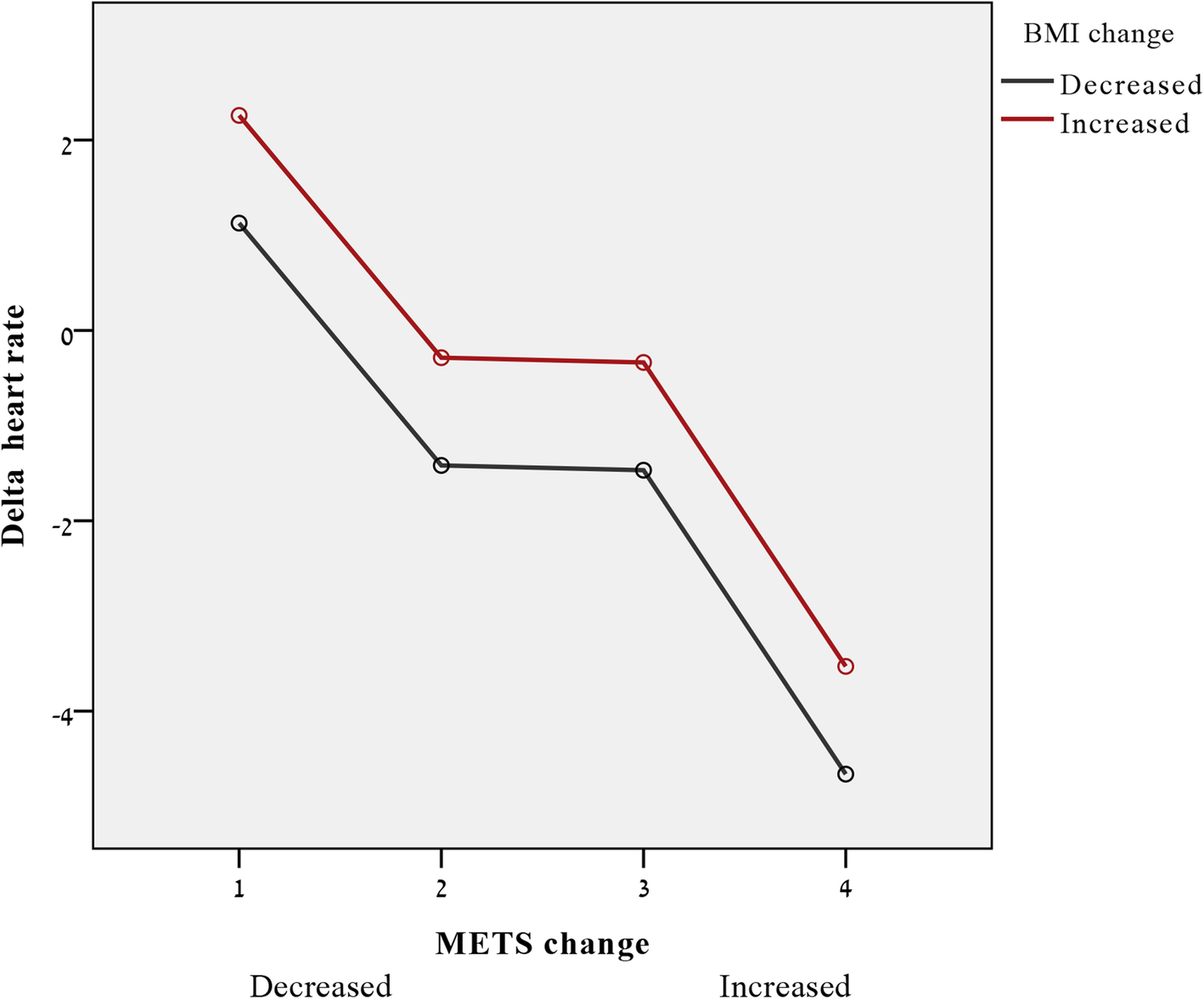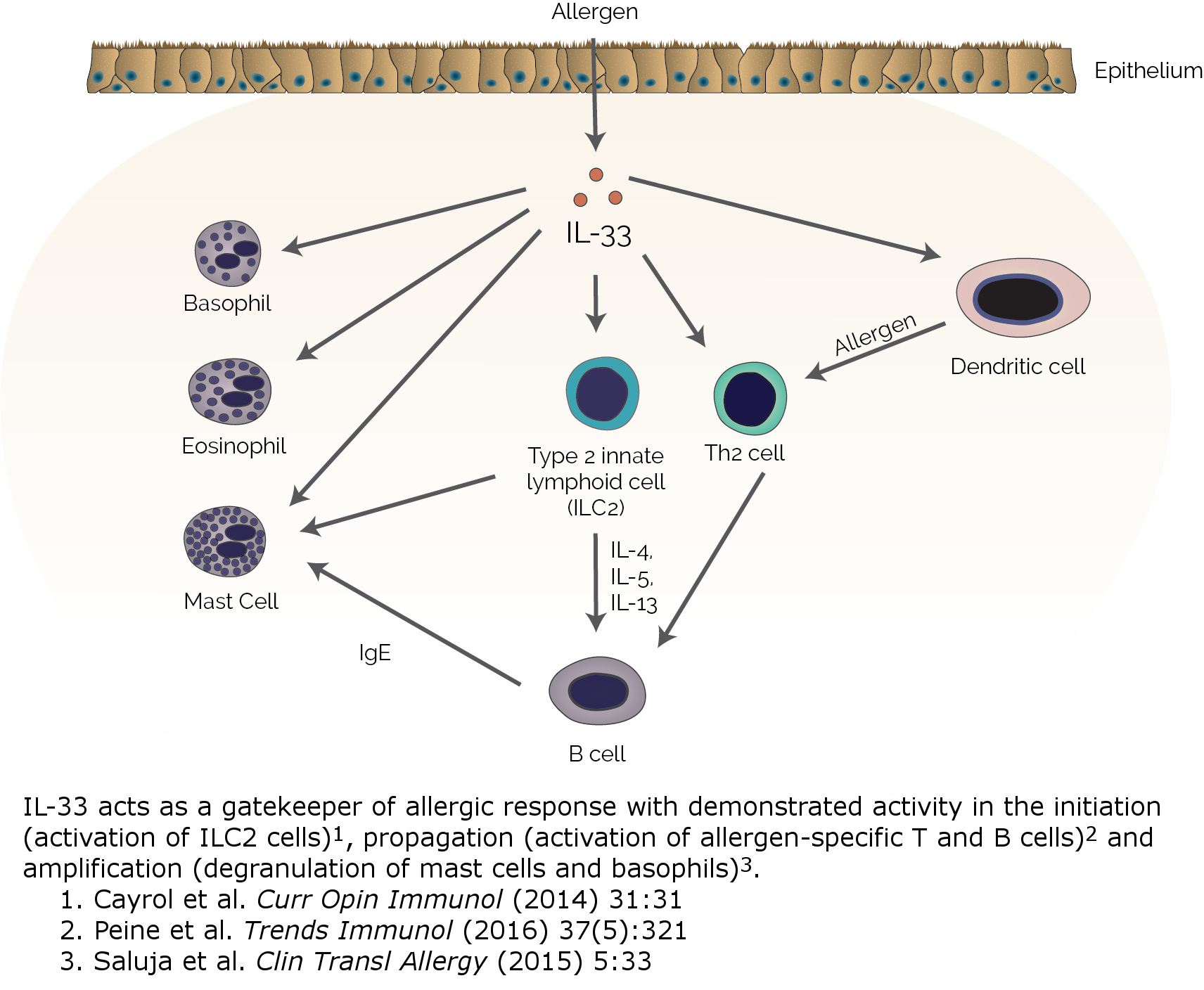今の医学生はベイズ理論を用いた臨床推計を学ぶはず
概念的な教育が有効なようだ
Effect of Teaching Bayesian Methods Using Learning by Concept vs Learning by Example on Medical Students’ Ability to Estimate Probability of a Diagnosis
A Randomized Clinical Trial
John E. Brush Jr,et al.
JAMA Netw Open. 2019;2(12):e1918023. doi:10.1001/jamanetworkopen.2019.18023
質問:初学的臨床家は、明示的概念教育あるいは反復例示を含む教育手法を用いることで診断確率をより正確なベイズ理論revsionを用いるよう教育できるか?
知見:61名の医学生のランダム化臨床トライアルで、ベイズ理論化や概念についての明示的概念的インストラクションにより初学的臨床家への検査後確率推定の正確性を有意に改善した。診断可能性推定確率は、三つの実験コンディション(明示的教育、反復演習、対照)全てで予測より優秀であった。
意義:明示的理論的インストラクションは診断確率のbayesian revsionの改善を有意にもたらし、初学臨床家への診断的reasoningを教育する上での示唆を与える
Importance Clinicians use probability estimates to make a diagnosis. Teaching students to make more accurate probability estimates could improve the diagnostic process and, ultimately, the quality of medical care.
Objective To test whether novice clinicians can be taught to make more accurate bayesian revisions of diagnostic probabilities using teaching methods that apply either explicit conceptual instruction or repeated examples.
teaching bayesian updatingとdiagnostic reasoning教育2手法の ランダム化臨床トライアル
web-ベースプラットフォームを用い、各介入の効果の同意、ランダム化、介入、検証
t McMaster UniversityとEastern Virginia Medical Schoolでの61名の医学生 2018年5月1日から9月30日
介入:ランダム化
(1) receive explicit conceptual instruction regarding diagnostic testing and bayesian revision (concept group)
(2) exposure to repeated examples of cases with feedback regarding posttest probability (experience group)
(3) a control condition with no conceptual instruction or repeated examples.
主要アウトカムと測定項目 3群の医学生について、negative or positive test結果に関する診断確率をupdateする能力検証
確率revisionを比較
Bayes ruleを用いそして、既知感度・特異度を用い計算した検査後確率と比較して、この確率revsionを計算
結果 61名の被験者のうち、concept 群 22名、演習群 20名 、対照群 19名
平均年齢 25歳、2名の被験者は1年、37名は2年、12名3年、10名は4年
concept群学生の平均(SE)確率は他の2群より、bayesisan確率計算に近似 (0.4%; [0.7%] vs 演習群 3.5% [0.7%]; 対照, 4.3% [0.7%]; P < 0.001)
統計学的に有意だが、群間差は比較的少なく、全ての学生のパフォーマンスは文献報告に基づく予測より良好であった。
Trial Registration ClinicalTrials.gov identifier: NCT04130607
stanを導入してベイズ推計の深みにはまる必要があるかは?





























